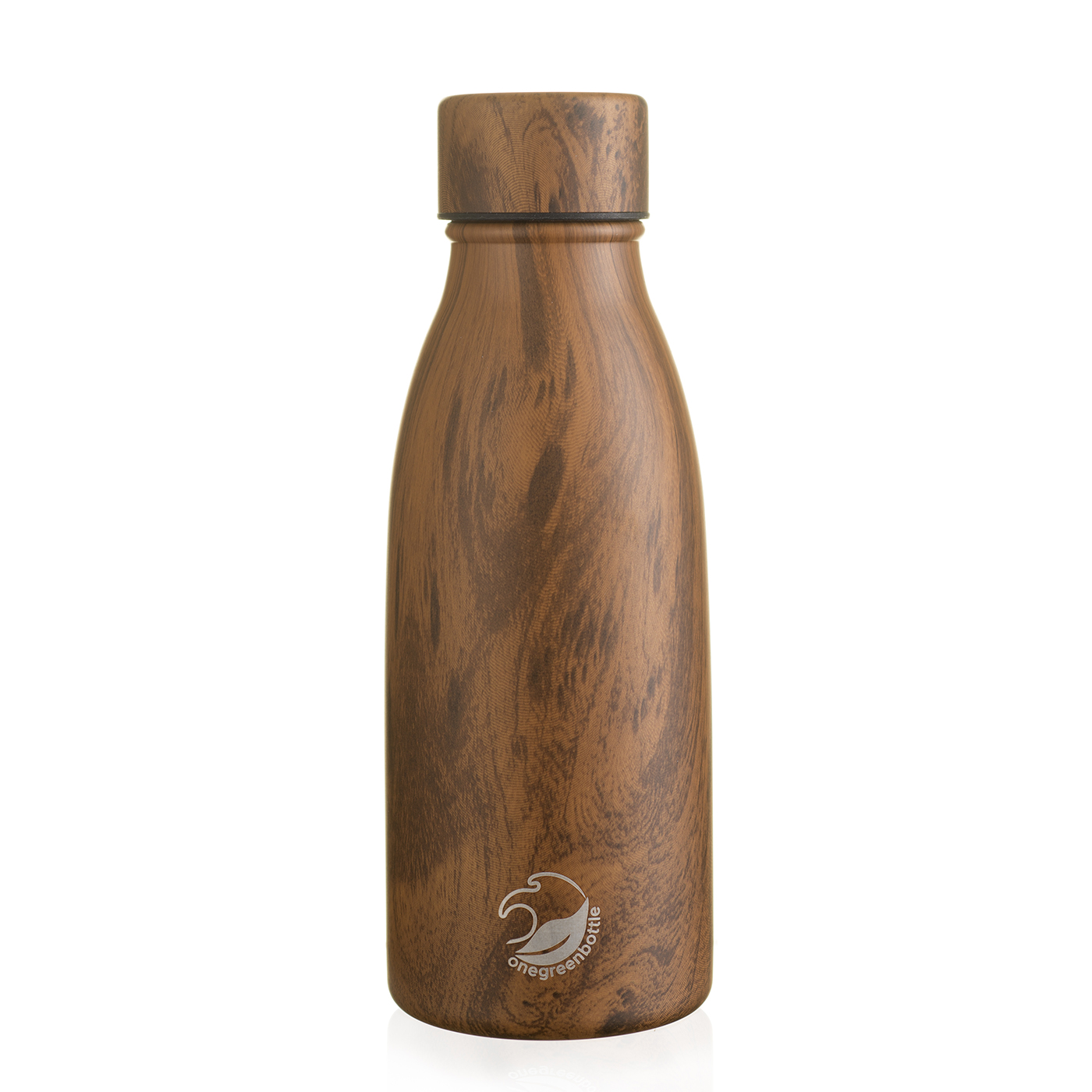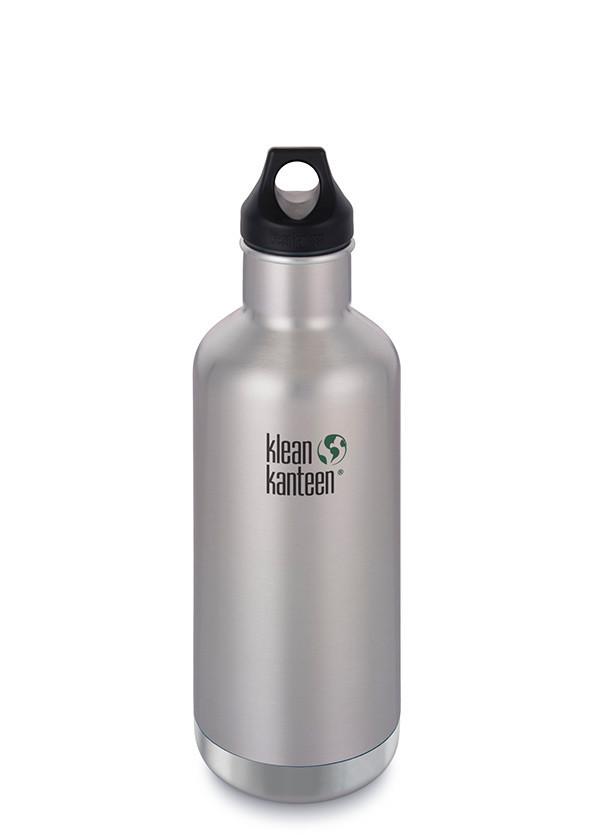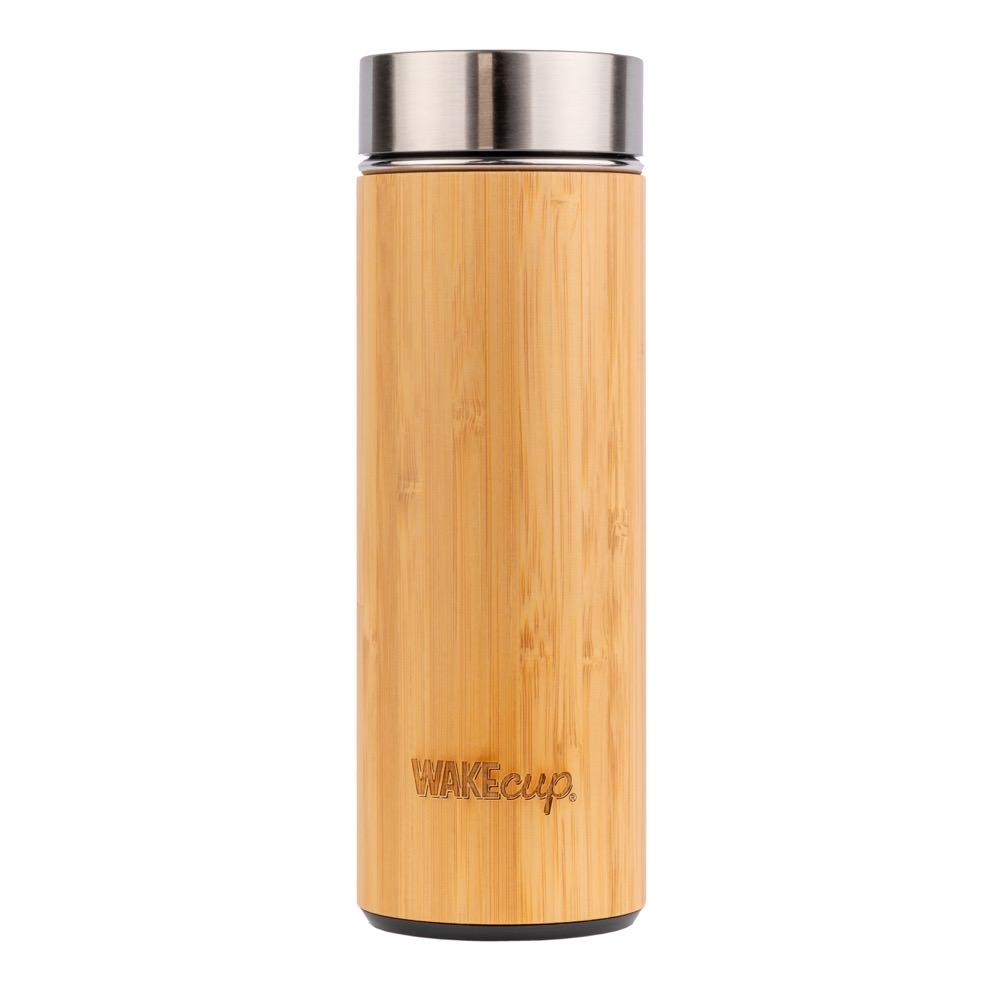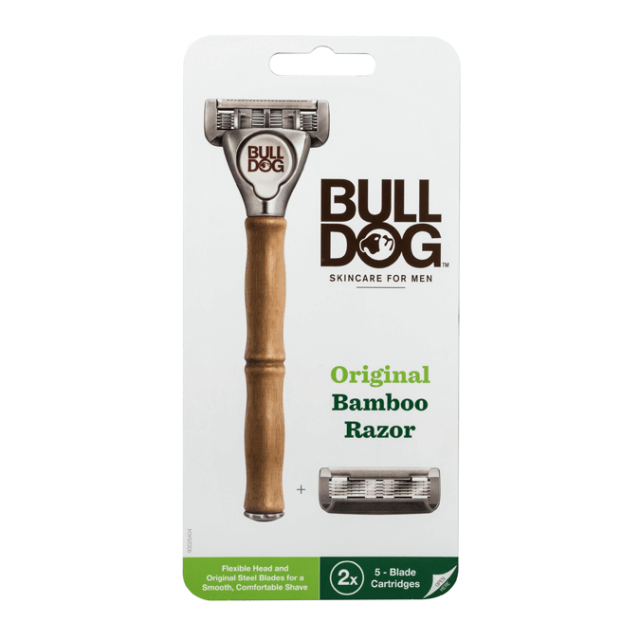Top Tips for Plastic Free living
A plague of plastic has run rampant across the UK and it seems that those in charge of disposing our waste subscribe to the philosophy ‘sharing is caring’. According to the National Audit Office (NAO) ‘exports [account] for half of the packaging reported as recycled in 2017’. Who else was under the misconception that our plastic was recycled here in the UK?
In actual fact, we’ve spent years relying on countries like China to deal with this waste. The Last Beach Cleanup, a non-profit organisation that’s committed to solving plastic pollution, have found that UK plastic waste exports increased in May 2019. After China’s decision to turn away these exports, countries such as Malaysia have faced the repercussions, with 2.2 mil kg of the UK’s plastic waste arriving at their door. What’s worse is the fact that we have no idea of knowing whether this waste is actually recycled. The recycling standards of many countries do not match that of the UK and, the NAO have found that just ‘124 compliance visits to recyclers and exporters [were] carried out by the Environment Agency in 2016-17, against a target of 346’. So, our weekly efforts to diligently collect any plastics, wash them, sort them and leave them out for collection may be utterly pointless.
Many reasons have been given for the need to export plastic waste. Some say that there isn’t a large enough market for the resultant recycled materials here in the UK, others claim that funding for waste processing is an issue and perhaps the most popular ‘reason’ is that uncontaminated waste plastics are of legitimate value to other countries. However, Malaysia’s Environment Minister Yeo Bee Yin recently told the press that too much of the plastic they take in is contaminated: these exports are simply ‘garbage[…] traded under the pretext of recycling’. So, if we’re unable to recycle our own waste and other countries are turning it away, surely the only viable option is to stop using plastic altogether?
Back in 2017, a turtle with a straw lodged in its nose captured the hearts of the British public. The Blue Planet effect has caused a push back against the plastic invasion in our homes, but it seems that domestic plastic use is just the tip of a quickly melting iceberg. In March 2018, a study of the Great Pacific Garbage Patch (GPGP) published in Scientific Reports highlighted that ‘at least 46% [of the GPGP] was comprised of fishing nets’. Yes, cutting plastics out of our lives is a hugely important step, but how far will you take this? What about unpackaged fish that has been caught with a plastic net? If we truly want to save our planet, we must rethink every aspect of society and move towards a circular economy.
We’re living in a linear world where we’re encouraged to buy cheap and chuck it fast before thinking of the consequences. For too long we’ve put a plaster on the open wound that is our disposable culture by sending rubbish overseas – out of sight, out of mind. This cannot last forever, as China and Malaysia are trying to prove. We need to create products that can be easily reused or recycled and we need to do this using renewable energy. We need to create an economy that doesn’t rely on finite resources and in which waste no longer exists. This video from the Ellen MacArthur Foundation explains what a circular economy is and why it’s important:
Plastic is the poster child of our linear economy. Bottles, bags, food packaging, coffee cups, wet wipes – you might be thinking, how is it possible to live without plastic?! And, to a certain extent, you’re right. Plastic is everywhere and it’s a huge undertaking to remove it from your life completely. So, before you slip into a shiny, plastic bubble of despair, we’ve scoured the blogs, scrolled through endless social media posts and picked the brains of our eco-friends to find a little light in this non-recyclable, black plastic tunnel. Here’s a list of easy and achievable top tips to reduce the amount of single-use plastics in your life.
1. Take the pressure off
Let’s just calm down for a moment and take the pressure off. It’s almost impossible to go plastic free overnight, so try to set your sights on something a little more achievable. Over the last month, you might’ve spotted the #plasticfreejuly on your newsfeed? This campaign was all about spending one month trying to reduce the amount of single-use plastics that you use. Yes, some people went the whole hog and tried to get off the plastic train altogether, but let’s not be intimidated. Many of those signed up to the Plastic Free July campaign planned to stop buying just one single-use plastic by the end of the month - a much less intimidating way to start! Plastics have quietly infiltrated almost every aspect of our day-to-day lives, so it’s important that we continue to eradicate them after Plastic Free July has ended. So, now that we’ve all taken a deep breath and things are looking a little more achievable, let’s start thinking about which plastics we’re going to say farewell to.
2. Water re-fill apps
I would say that the easiest place to start during when avoiding single-use plastics is drinks bottles. There are so many portable drinks containers on the market, many of which are made from sustainable materials and come in a variety of beautiful designs. Now, I know what you might be thinking, I’m all up for treating myself to a gorgeous bottle, but I’ll never remember to fill it up. This is where water re-fill apps come in.
Very rarely will you find yourself out and about without your phone. Just download one of these apps and you’ll have a map of water re-fill stations at your fingertips. Tap allows you to filter stations by water type, so if your tastes are strictly sparkling water, you won’t be disappointed. This app will also give you walking directions. Refill, on the other hand, allows you to set bottle reminders to ensure that you don’t forget to pack a bottle before leaving the house.
3. Bamboo razors
When thinking about where the plastic is in your house, you’ll often find that it’s the boring, day-to-day items that you’ve never given much thought. The bathroom is probably one of the worst offending places for plastics with a short lifespan, with razors, wet wipes, cotton buds, mascara, shower gel bottles and toothbrushes. So, let’s take a look at disposable razors. Used by the majority of men and women, there are now some sleek and stylish bamboo razors on the market. While you will need to spend a bit more initially, these razors will last so much longer than plastic versions as you can usually purchase replacement blades.
4. Detergent re-filleries
How much time do you spend thinking about cleaning products? Now, unless you have a Monica Geller style cleaning obsession it’s likely that these detergents are just a boring but necessary part of your life. What’s more, usually items such as washing-up liquid don’t need to be bought every week, making it easier to forget about them. So, it’s time to go beyond the fun and fashionable aspects of sustainable living and start paying some serious attention to detergents – hold on to your hats people!
Re-filleries are becoming more and more common, particularly in the world of cleaning. Splosh is an online company that creates laundry, dishwashing, home and personal cleaning products. You begin by ordering full bottles of their products and, once these have run out, you simply purchase a re-fill pouch. Fill up your bottles and post the pouches back to Splosh (for free!) who will then use these to create other products. Splosh bottles have a lifetime guarantee so if one breaks, they will send you a new bottle for free. Are you starting to get a little bit excited by the brilliance of re-filling?
5. Microfibres
Who else loves the smell of freshly cleaned laundry? There’s something so comforting about the smell and feel of newly cleaned clothes - or is that just me? Well, unfortunately for those of us who have a daily relationship with our washing machines, clean clothes mean polluted oceans. You might have read Dr Alexandra Jellicoe’s recent blog post Plastic Pollution is Coming from an Unlikely Suspect in which she reveals that washing clothing can release up to 700,000 synthetic microfibres per full load into our waterways. Never fear! I’m not about to suggest that you stop washing your clothing! Just place your garments in a Guppyfriend Washing Bag and you’ll avoid releasing microfibres into the environment. You can buy this brilliant bag from BuyMeOnce.
In order to raise awareness of the devastating impact of microfibres, Ben Lecomte is swimming 300 nautical miles through the plastic Vortex, representing the 300 million tonnes of plastic produced in the world each year. Commonly known as the Great Pacific Garbage Patch, the Vortex is the highest concentration of ocean plastic in the world, from large debris to plastic bags, to microscopic fragments and fibres. You can find out more about Ben’s inspirational Vortex Swim on our blog here.
Good luck on your plastic free journey! We’d love to know all about which plastics you’ve given up this month. Please tag our Monkey Wrench founder @alexandrajellicoe on Instagram and Facebook or @alexjellicoe on Twitter and follow her for the latest #monkeywrenchnews










